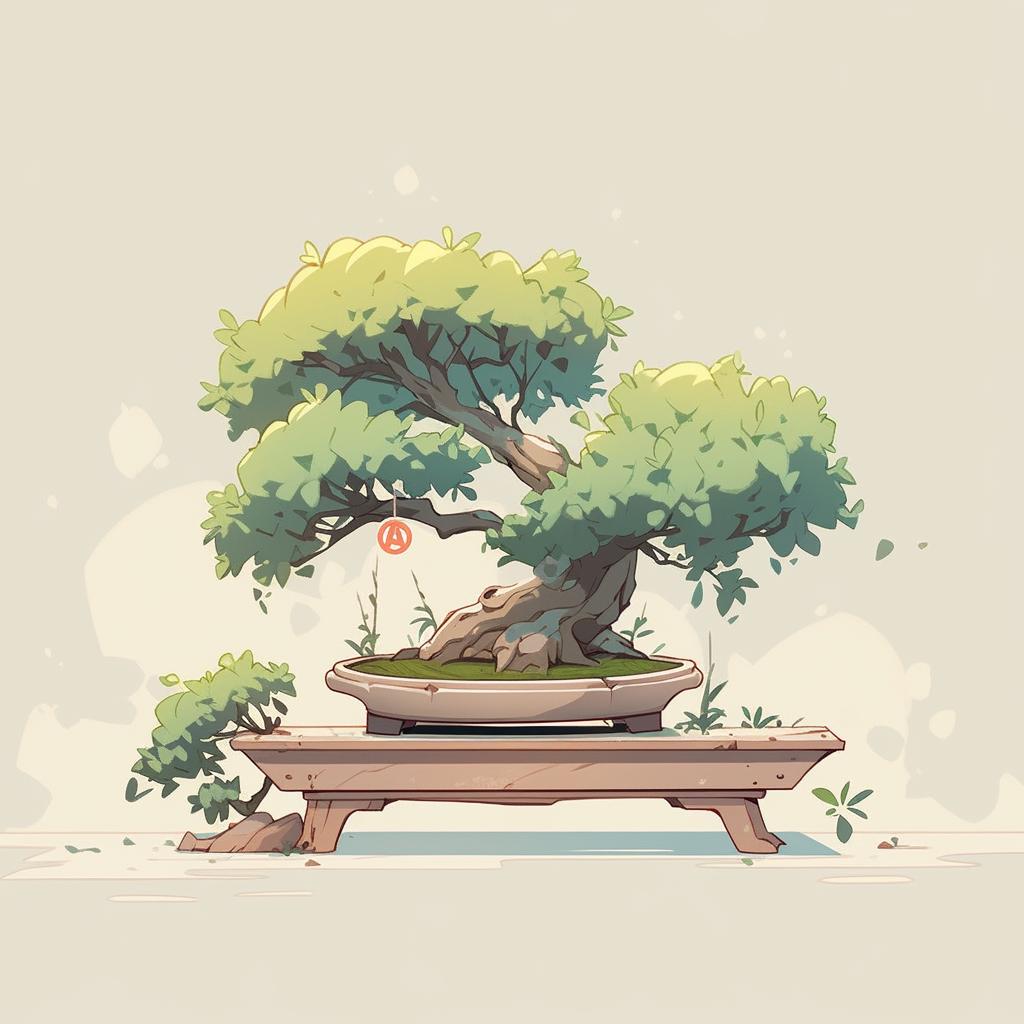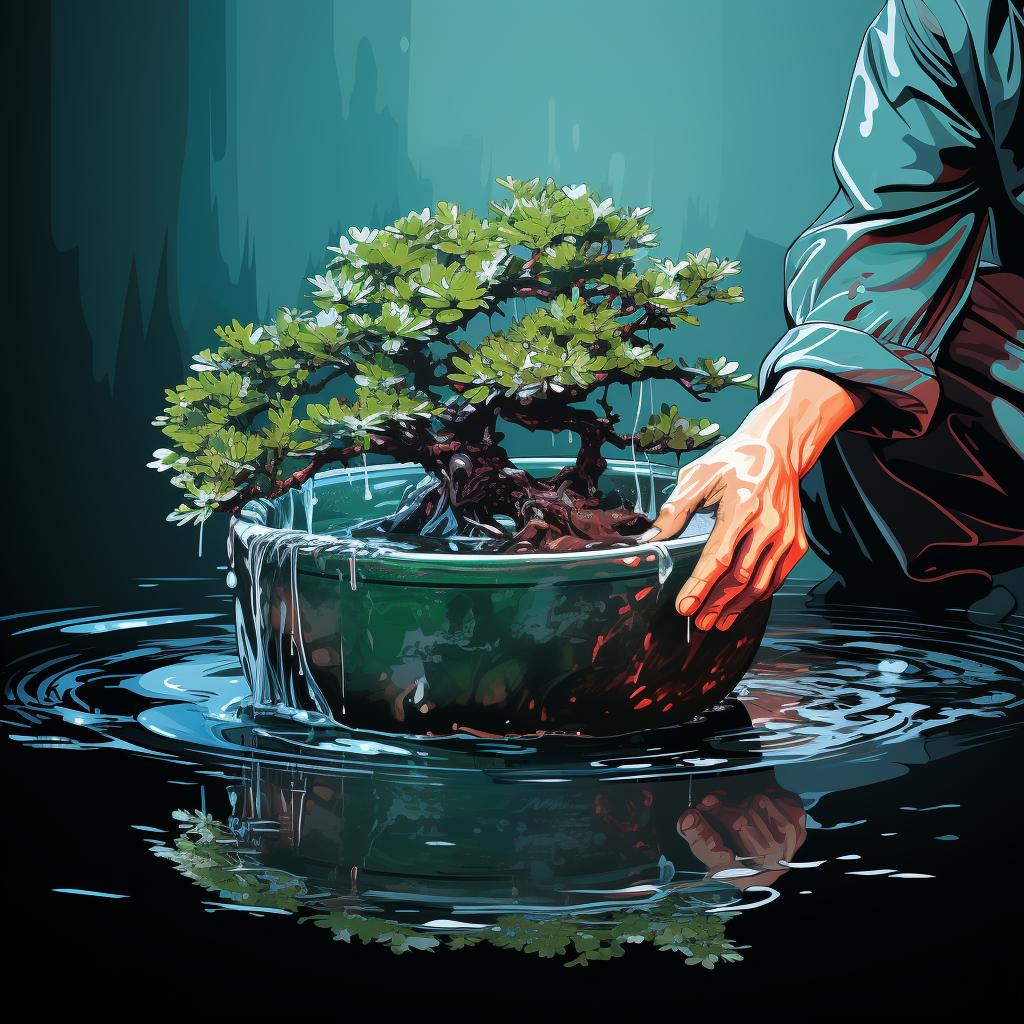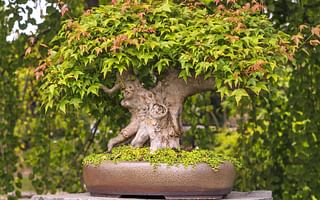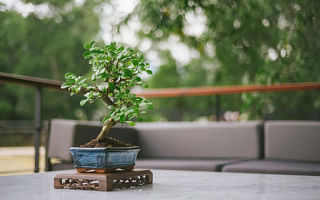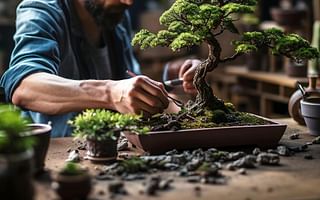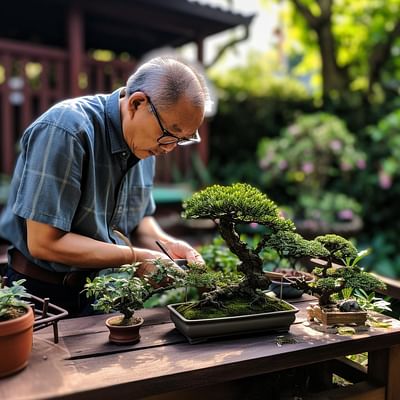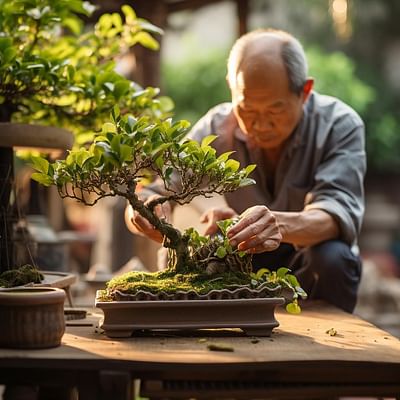🌱 Protecting Your Bonsai's Roots in Winter: A Step-By-Step Guide 🌱
Winter can be a challenging time for bonsai tree owners, as the cold temperatures can pose a threat to the health of the tree's roots. However, with proper care and protection, you can ensure that your bonsai survives the winter season. In this step-by-step guide, we will walk you through the process of protecting your bonsai's roots during winter.
Step 1: Identify Your Bonsai's Cold Tolerance
Understanding the cold-hardiness of your bonsai species is crucial in determining the level of protection it needs during winter. Some species are more tolerant of cold temperatures, while others are more sensitive. Research your specific bonsai species to gauge its cold tolerance and adjust your protection measures accordingly.
Step 2: Choose the Right Location
Finding a suitable location for your bonsai during winter is essential. Look for a spot that is shielded from harsh winds, as strong winds can cause the soil to dry out quickly and damage the roots. Placing your bonsai on the leeward side of a building or wall can provide the necessary protection from the wind.
Step 3: Insulate the Pot
To prevent the bonsai's pot from freezing solid, it is important to insulate it. Wrap the pot with insulating materials such as bubble wrap or burlap. This will help maintain a more stable temperature and protect the roots from extreme cold.
Step 4: Bury the Pot
If possible, consider burying the pot in the ground up to the rim. This provides an additional layer of insulation and protection for the roots. Burying the pot helps regulate the temperature and prevents the roots from being exposed to extreme cold.
Step 5: Mulch Around the Pot
Adding a thick layer of mulch around and over the pot acts as an extra blanket, keeping the roots warm. Mulch helps retain moisture in the soil and provides insulation against temperature fluctuations. Use organic materials such as straw, wood chips, or leaves as mulch.
Step 6: Monitor Weather Conditions
Keep a close eye on the weather forecast during winter. If extreme low temperatures are expected, it may be necessary to temporarily move your bonsai indoors. Find a location with adequate light and temperature conditions to ensure the tree's survival.
By following these step-by-step guidelines, you can protect your bonsai's roots during the winter season. Remember to tailor your protection measures based on your bonsai species' cold tolerance. With proper care and attention, your bonsai will thrive and continue to bring beauty and tranquility to your space. Happy bonsai gardening!


